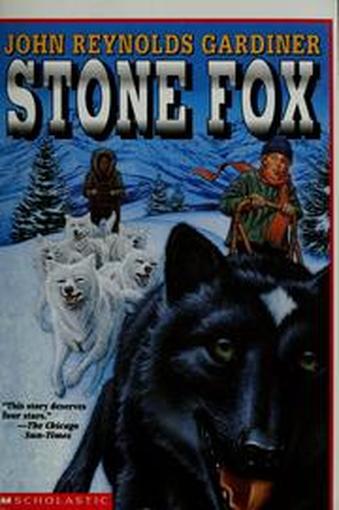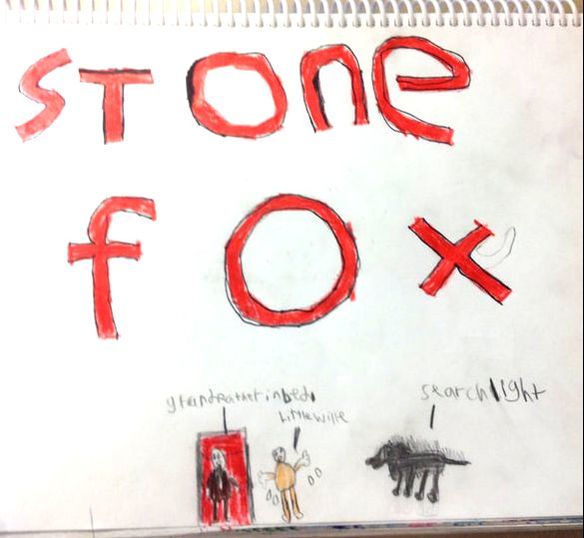|
In Alberta, agriculture and the establishment of communities are interconnected. In lessons this week we learned that most farms in Alberta have crops or livestock or both. To grow crops, farmers need open, level fields, water, soil and sunshine. In some cold places crops still grow during the summer. This is the case in the Peace River country of northern Alberta. It is far north at 55 degrees N. latitude, but is still an important major agricultural area in our province. The average temperature, landforms, precipitation and number of frost free days relate to the types of farming that can take place around different cities and towns in Alberta. These factors have contributed to the growth of settlements. In the far northern region of Alberta around Fort McMurray or Fort Chipewyan there are few or no farms because of the soil, climate and lack of frost free days. Where crops don't grow well, farmers may raise livestock instead. This is largely the case in the Foothills region of Alberta where ranching is common. We began a new novel study this week. Stone Fox is a novel that takes place in Wyoming in the United States. Students learned that the climate, vegetation and soil in this part of the United States is very similar to Alberta. In the story the main character Little Willy, his grandfather and dog Searchlight live on a potato farm. It is notable that potatoes are grown in Alberta too. Alberta’s potato-growing areas are mainly in southern Alberta around Taber and are among the very best in the world. The cold weather we experience in Alberta much of the year defeats a lot of the insect pests that are common in other places where potatoes are grown commercially. This week we re-visited one of the reading comprehension strategies we studied when reading Superfudge. When students listen to or read a text, they can create pictures in their mind or make a mind movie. When readers visualize what is happening in a story they can remember more of what they read or hear. This week in class students listened to chapter one of the story and were asked to imagine in their mind what it looked like. In their visual journals they drew pictures of the story: Next week we will visit the Shepard Landfill. Parents/guardians are reminded that swimming will commence in May! We will walk to and from Vivo.
0 Comments
Leave a Reply. |
Archives
June 2018
Categories |


 RSS Feed
RSS Feed
